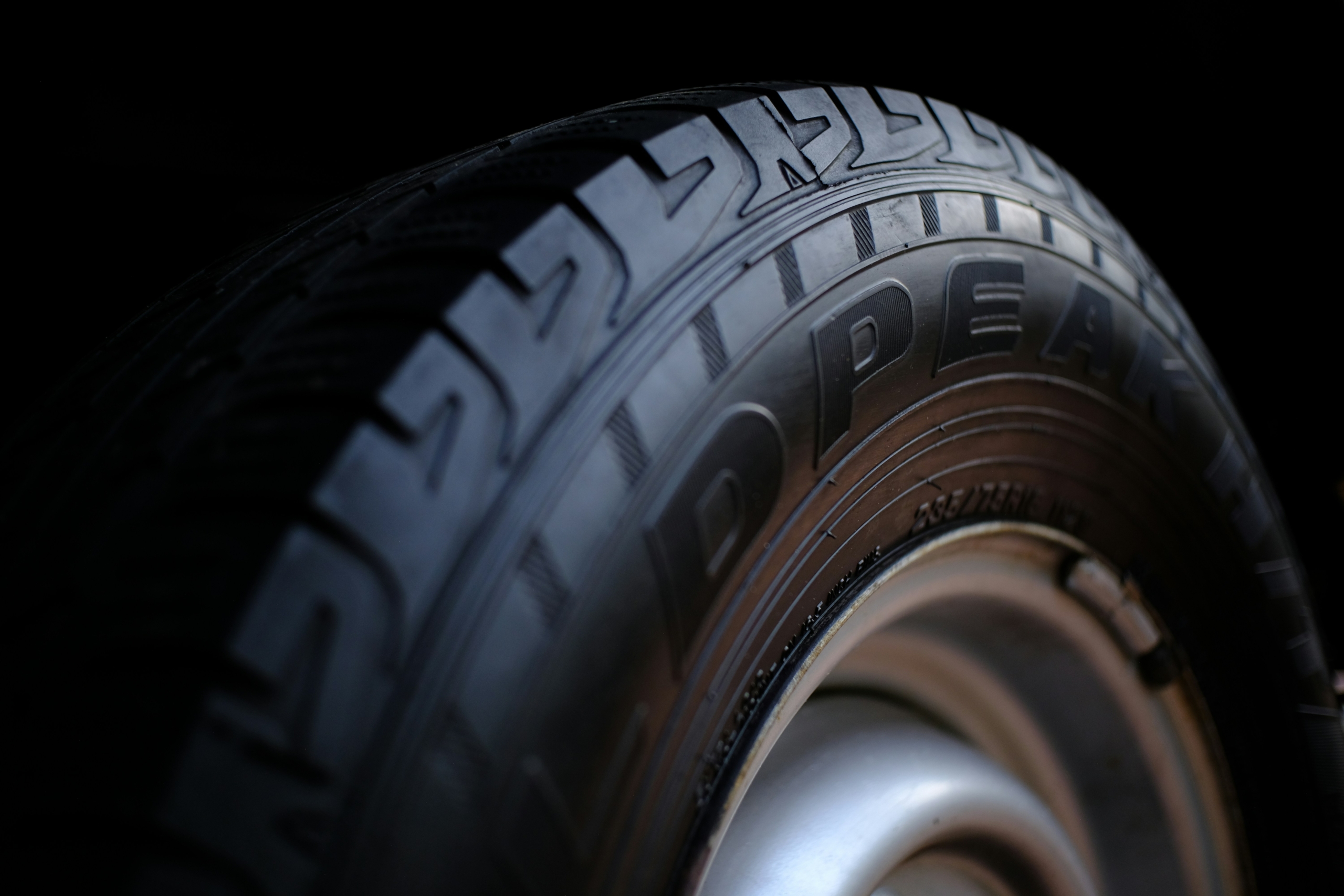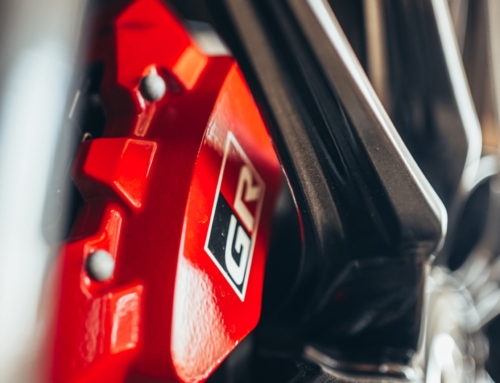Maintaining the correct tyre pressure is a crucial yet often overlooked aspect of vehicle maintenance. It serves as a linchpin for safety, fuel efficiency, and optimal performance. In this article, we delve into the significance of tyre pressure, illustrating how something as simple as air can have profound effects on your driving experience.
#### The Safety Connection
At the forefront of the importance of maintaining proper tyre pressure is safety. Mobile Tyres are the sole point of contact between your vehicle and the road. Under-inflated tyres can lead to a loss of traction, making it harder to control the vehicle, especially in adverse weather conditions. On the flip side, over-inflated tyres reduce the amount of tyre that can touch the road, which can lead to a rougher ride and decreased traction. Both scenarios significantly increase the risk of tyre failure, including blowouts, which can have catastrophic consequences at high speeds.
#### Fuel Efficiency: The Economic Impact
Tyre pressure doesn’t just impact safety; it also plays a significant role in the fuel economy of your vehicle. Under-inflated tyres increase rolling resistance – the energy required to keep your tyres moving. This means your vehicle has to burn more fuel to maintain the same speed. The U.S. Department of Energy suggests that tyres under-inflated by just 10 psi (pounds per square inch) can lead to a 1% increase in fuel consumption. While this might not sound like much, it adds up over time, making proper tyre pressure an economic concern as well as an environmental one.
#### Enhancing Vehicle Performance
Performance enthusiasts understand that every detail counts when it comes to optimizing the driving experience, and tyre pressure is no exception. Correct tyre pressure ensures that the tyre’s contact patch with the road is optimized for the vehicle’s weight and driving conditions, leading to improved handling, braking, and acceleration. Whether it’s navigating tight corners or stopping quickly in an emergency, properly inflated tyres can make a noticeable difference in how a vehicle responds to driver inputs.
#### Monitoring and Maintenance: Best Practices
Given the importance of tyre pressure, regular monitoring and maintenance should be a key part of your vehicle care routine. Here are a few best practices:
– **Check Regularly:** Tyre pressure should be checked at least once a month and before long trips. Tyre pressures can fluctuate with temperature changes, so it’s especially important to check as the seasons change.
– **Use a Reliable Gauge:** Invest in a quality tyre pressure gauge to ensure accurate readings. Many vehicles now come equipped with tyre pressure monitoring systems (TPMS), but a manual check is a good habit.
– **Know Your Numbers:** Refer to your vehicle’s owner manual or the sticker inside the driver’s door for the recommended tyre pressure. Remember, the ideal pressure can vary between the front and rear tyres.
In conclusion, understanding and maintaining the correct tyre pressure is essential for ensuring safety, maximizing fuel efficiency, and optimizing vehicle performance. By incorporating regular tyre pressure checks into your maintenance routine, you can ensure a safer, more efficient, and enjoyable driving experience.





